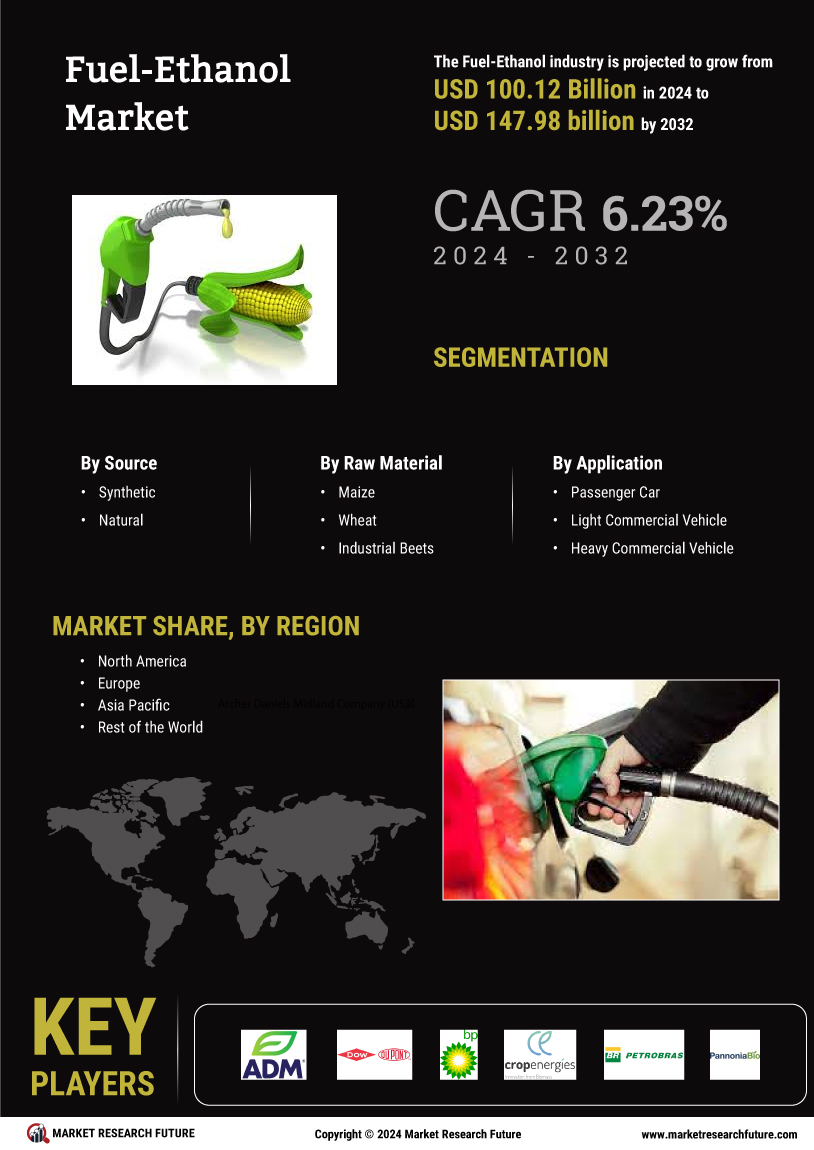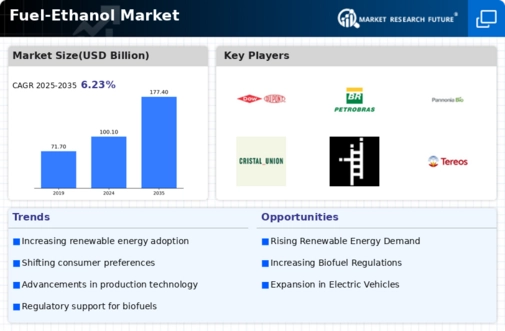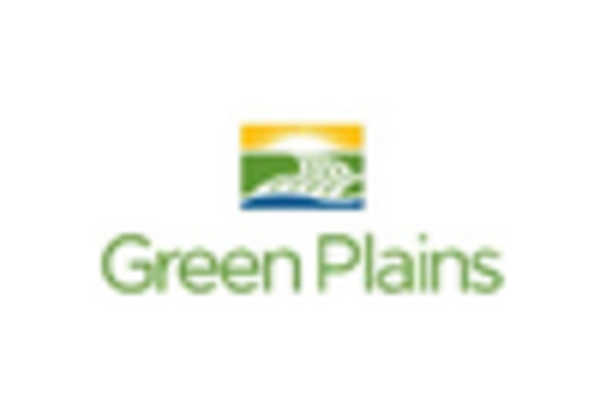By Region, the study provides market insights into North America, Europe, Asia-Pacific and the Rest of the World. The North American Fuel-Ethanol market area will dominate this market, owing to the presence of a well-established automotive sector. Moreover, strict regulations over particulate emissions will boost market growth in this Region.
Further, the major countries studied in the market report are The U.S., Canada, German, France, the UK, Italy, Spain, China, Japan, India, Australia, South Korea, and Brazil.
Figure2: FUEL-ETHANOL MARKET SHARE BY REGION 2022 (%)

Source: Secondary Research, Primary Research, Market Research Future Database and Analyst Review
Europe's Fuel-Ethanol market accounts for the second-largest market share due to growing government support for using Ethanol as a fuel and rising greenhouse emissions, and the growing usage of Ethanol as a vehicle fuel will likely boost the market growth in this Region. Further, the German Fuel-Ethanol market held the largest market share, and the UK Fuel-Ethanol market was the fastest-growing market in the European Region.
The Asia-Pacific Fuel-Ethanol Market is expected to grow at the fastest CAGR from 2023 to 2032. This is due to the increasing adoption and usage of fuel ethanol in the automotive industry. Moreover, China’s Fuel-Ethanol market held the largest market share, and the Indian Fuel-Ethanol market was the fastest-growing market in the Asia-Pacific region.
India intends to increase the amount of maize diverted for ethanol production in 2024 in order to meet the demands of its fuel-blending program, increasing output by almost ten times in only five years. As part of a plan to address India's needs for biofuels, the Union government has also approved a plan to purchase maize at federally set minimum support prices (MSP) and deliver it to distilleries.
As there is a drive for alternative fuels to reduce carbon emissions, India and Brazil are in talks to form a technology collaboration in 2024 to increase the utilization of ethanol. Brazil is a country in South America that has a long history of employing ethanol in its automobiles, and there are many things to learn from them.
India started selling ETHANOL 100 in 2024 at 183 Indian Oil locations in Maharashtra, Karnataka, Uttar Pradesh, New Delhi, and Tamil Nadu as part of a calculated move towards greener fuel options.Hardeep Singh Puri, the Union minister of petroleum and natural gas, introduced the high-octane, environmentally friendly gasoline, noting that the government plans to combine 20% ethanol with petroleum by 2025–2026.In response to the Prime Minister's directive that gasoline contain 20% ethanol by 2025–2026, the oil marketing companies (OMCs) increased the availability of E20 to 12,000 locations in less than a year.


















Leave a Comment